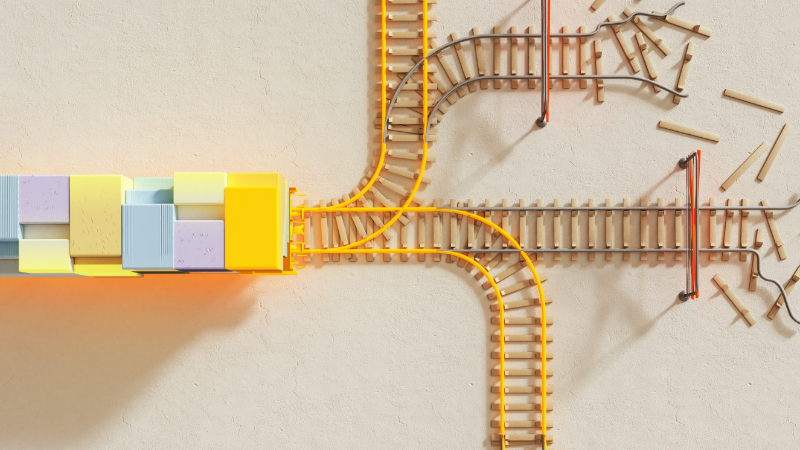Making sense of our connected world

Myth: AI algorithms decide what you see online
There’s more than one myth about algorithmic visibility regimes: one posits that AI algorithms are tools used unilaterally by corporations to control what we see; the other argues that these algorithms are mere mirrors, and we are the ones who control what we see online.
Myth
AI algorithms decide what you see online.

Some say that AI algorithms decide what we see online; others argue that algorithms just do what we tell them to do. Neither idea is really accurate. What we see online is the result of several relationships between several actors and things — users and algorithms but also platforms, coders, data, interfaces etc. It is key to understand the inequality that marks these relationships.
Watch the talk
Materials
| Presentation | |
| KEY LITERATURE Bucher, T. (2018). IF…THEN: Algorithmic power and politics. Oxford: Oxford University Press. Gillespie, T. (2013). The relevance of algorithms. In T. Gillespie, J. B. Pablo & K. A. Foot (Eds.), Media technologies: Essays on communication, materiality, and society (pp. 167-193). Cambridge, MA: MIT Press. Introna, L. and H. Nissenbaum (2000). “Shaping the Web: Why the Politics of Search Engines Matters.” The Information Society 16(3): 1-17. | |
| UNICORN IN THE FIELD The Social Media Collective is ‘a network of social science and humanistic researchers’, funded by Microsoft but working on their own independent agendas. Much of what they do concerns the broad field of platforms’ algorithmic visibility, and often helps steer debates on the theme. |
About the author

João Carlos Magalhães
Senior researcher at the Alexander von Humboldt Institute for Internet and SocietyMuch of João’s work explores the political and moral ramifications of algorithmic media and technologies. At the HIIG, he heads an EU-funded project that is mapping out social media platforms’ governance structures, with a focus on copyright policies and automated filters. In 2020, he was awarded a fellowship from the Wikimedia Foundation to help create an open database of platforms’ policies.
Why, AI?
This post is part of our project “Why, AI?”. It is a learning space which helps you to find out more about the myths and truths surrounding automation, algorithms, society and ourselves. It is continuously being filled with new contributions.
This post represents the view of the author and does not necessarily represent the view of the institute itself. For more information about the topics of these articles and associated research projects, please contact info@hiig.de.

You will receive our latest blog articles once a month in a newsletter.
Artificial intelligence and society
The Human in the Loop in automated credit lending – Human expertise for greater fairness
How fair is automated credit lending? Where is human expertise essential?
Impactful by design: For digital entrepreneurs driven to create positive societal impact
How impact entrepreneurs can shape digital innovation to build technologies that create meaningful and lasting societal change.
Identifying bias, taking responsibility: Critical perspectives on AI and data quality in higher education
AI is changing higher education. This article explores the risks of bias and why we need a critical approach.




